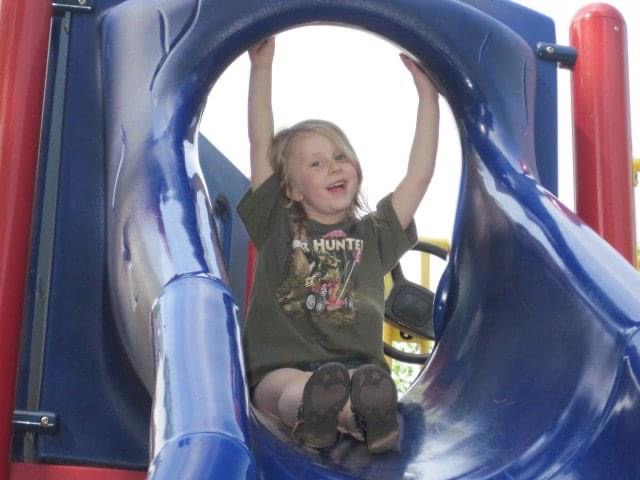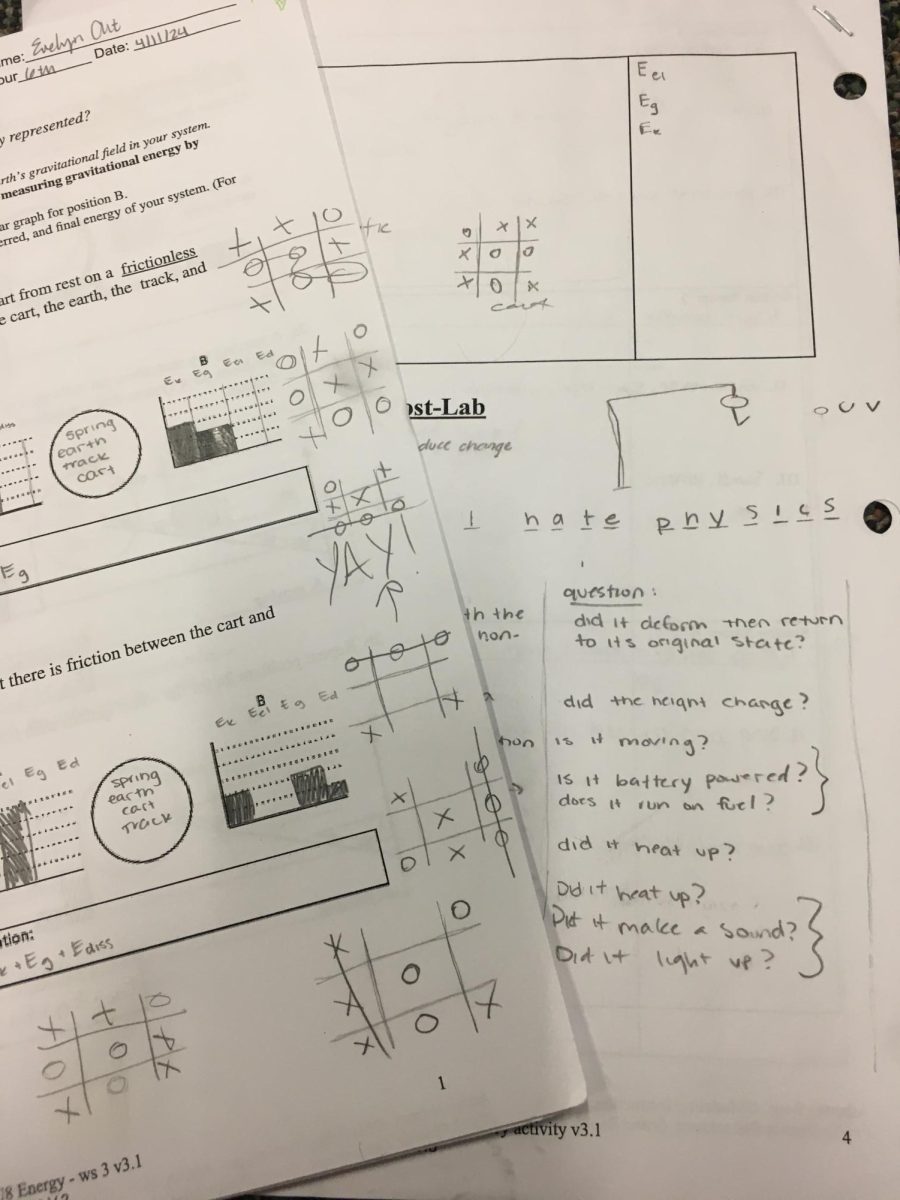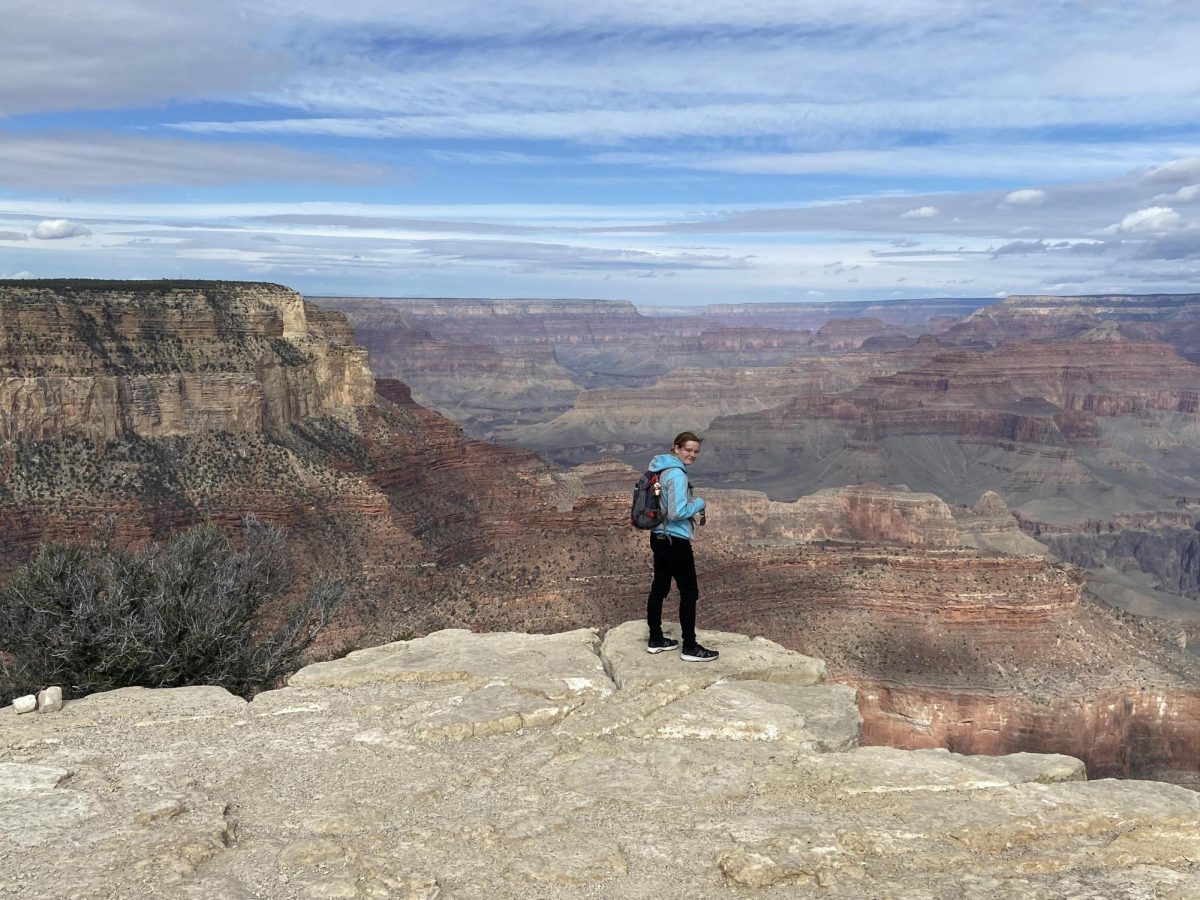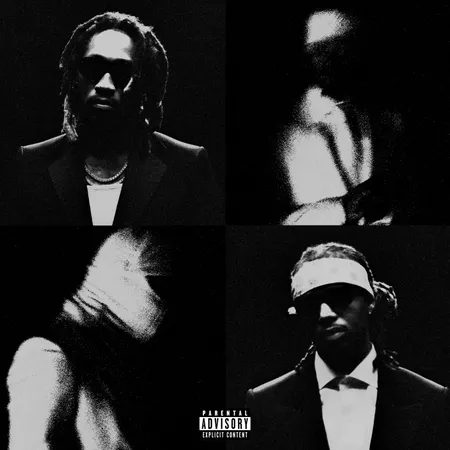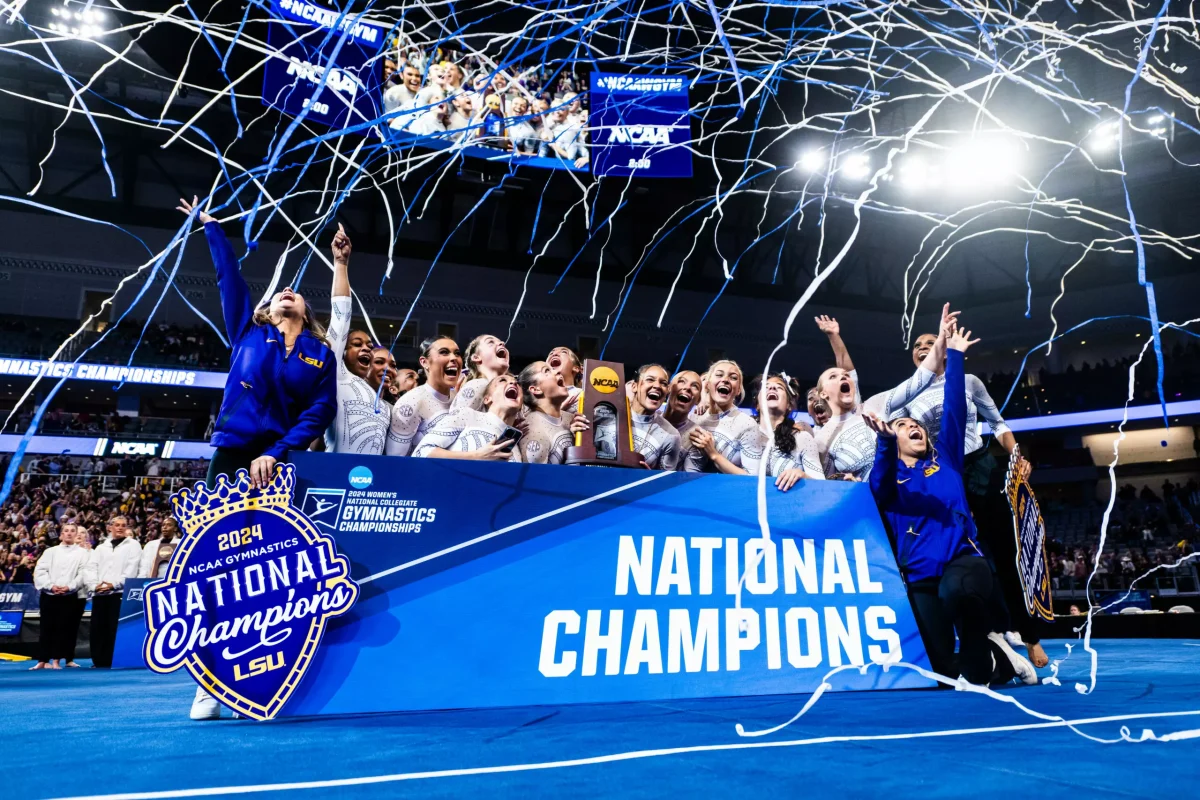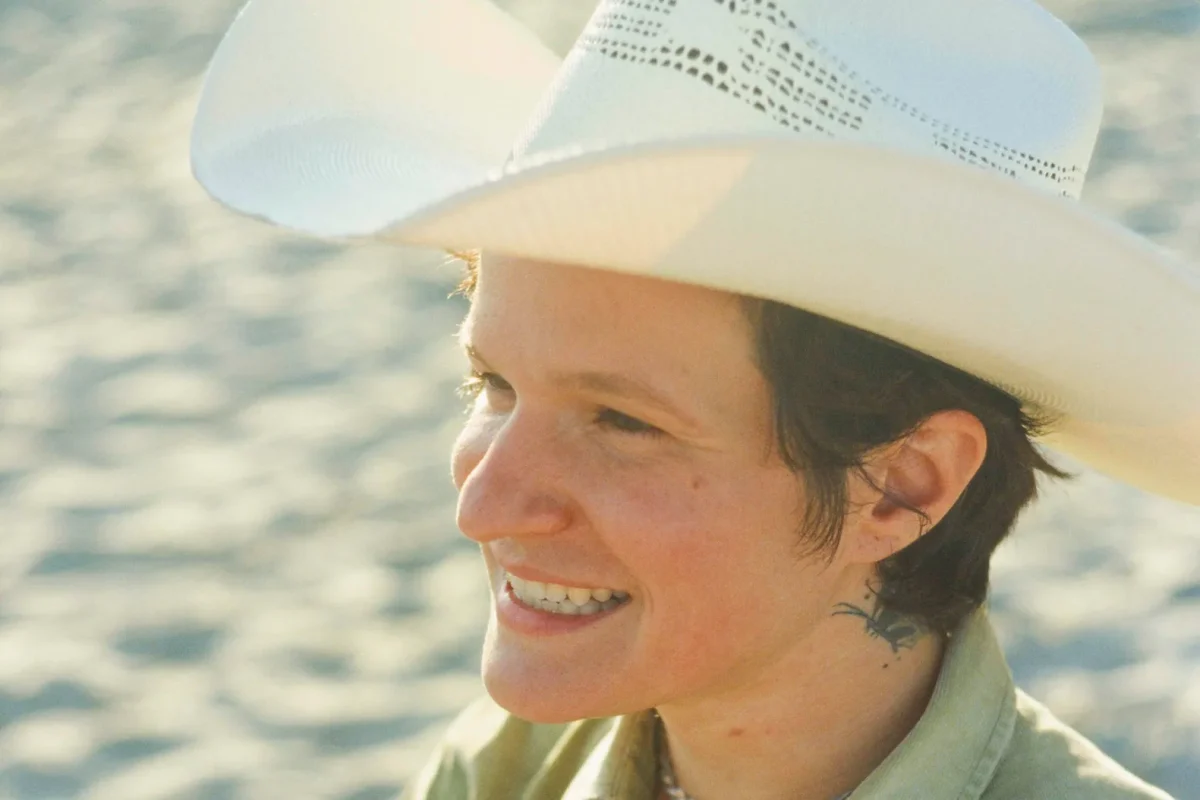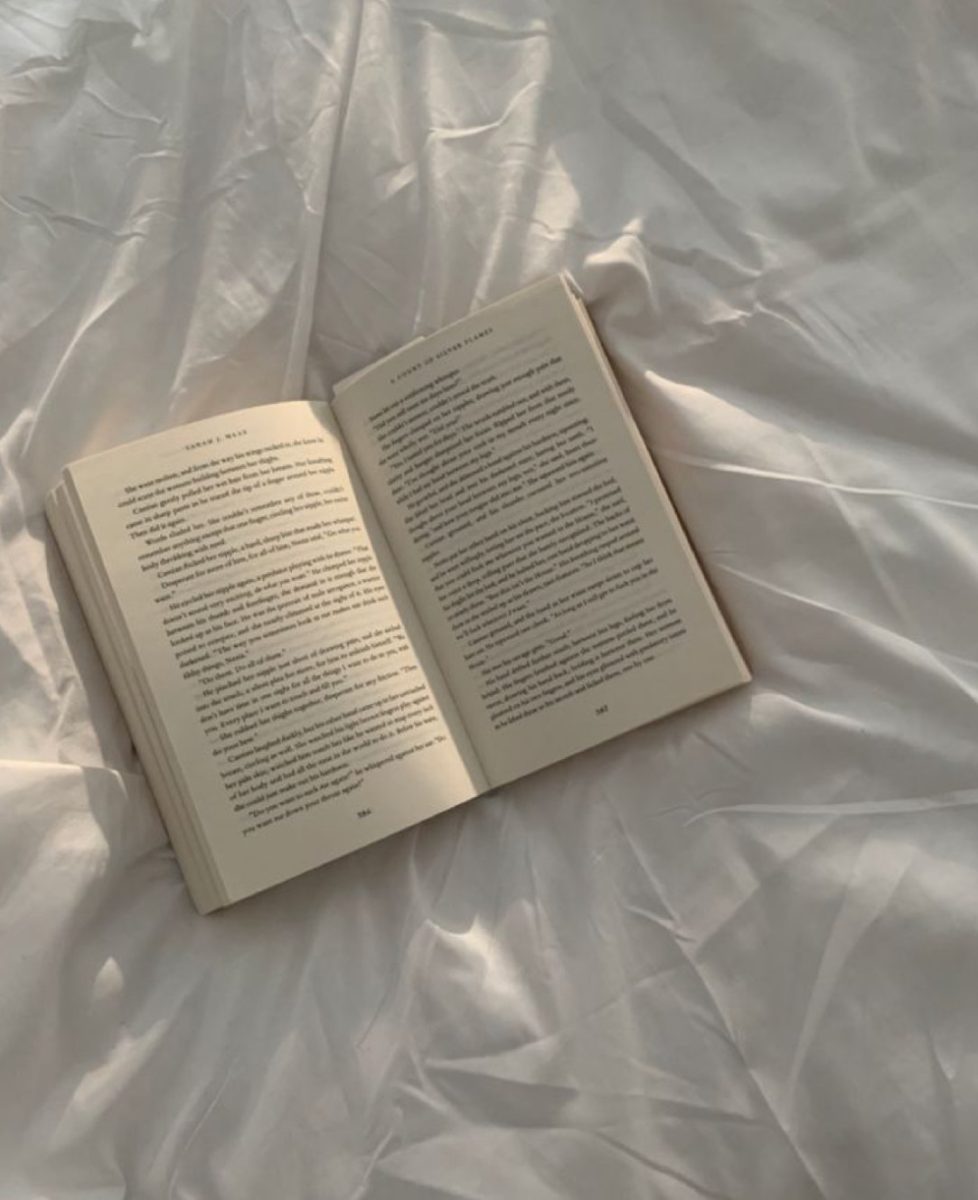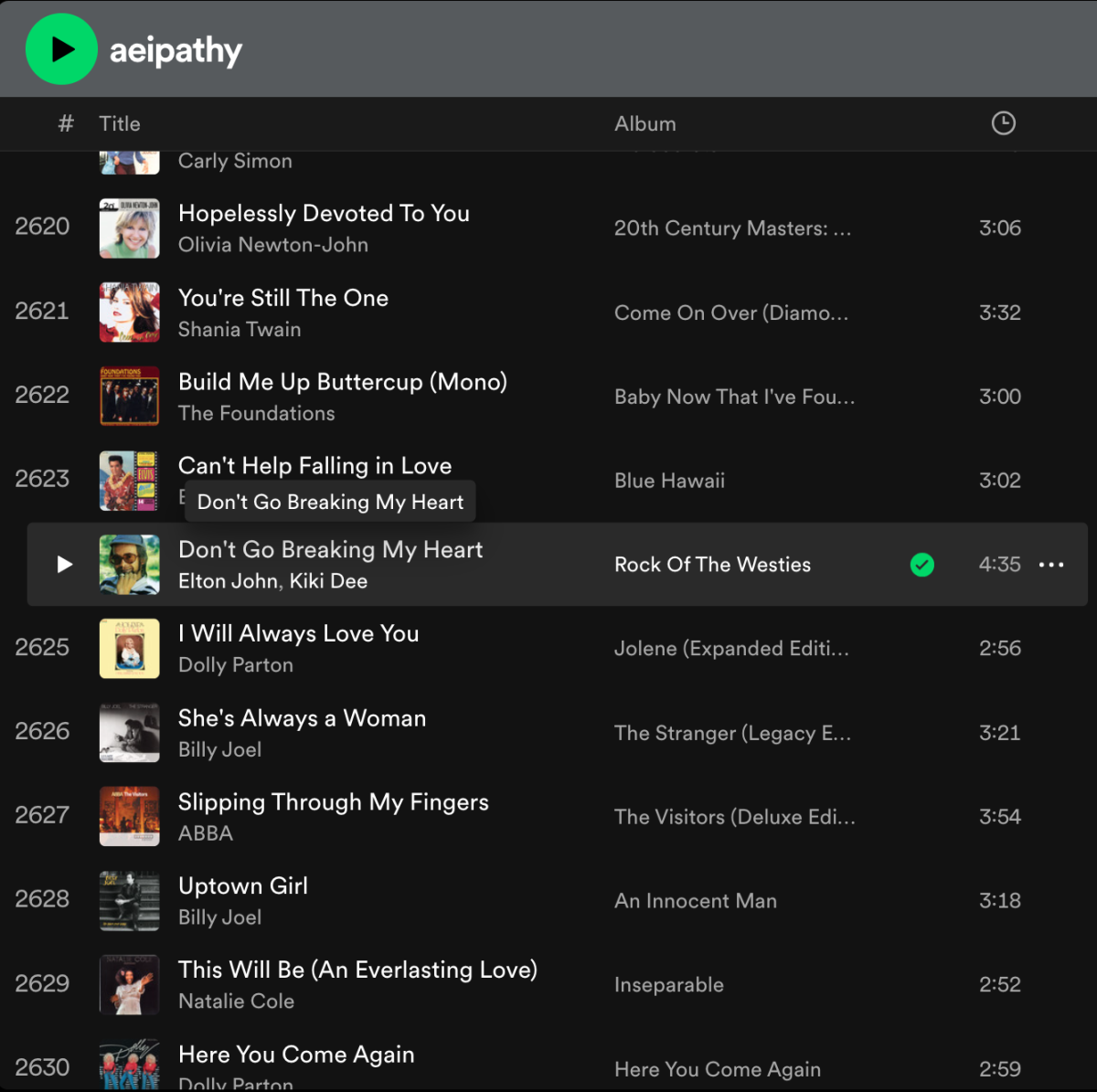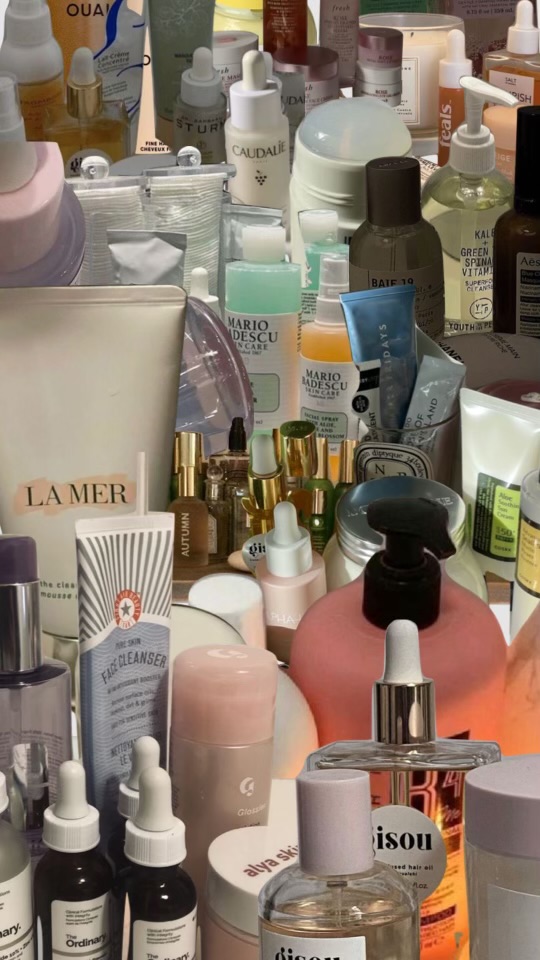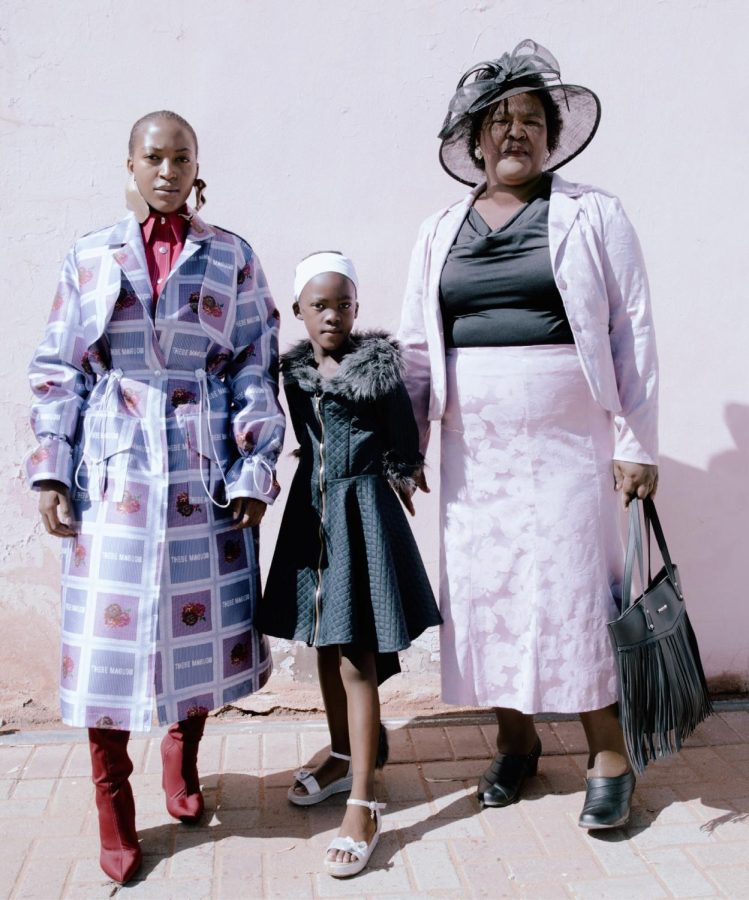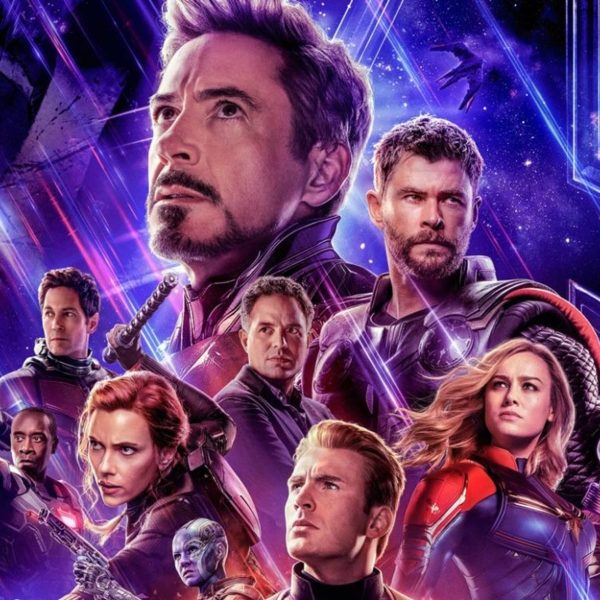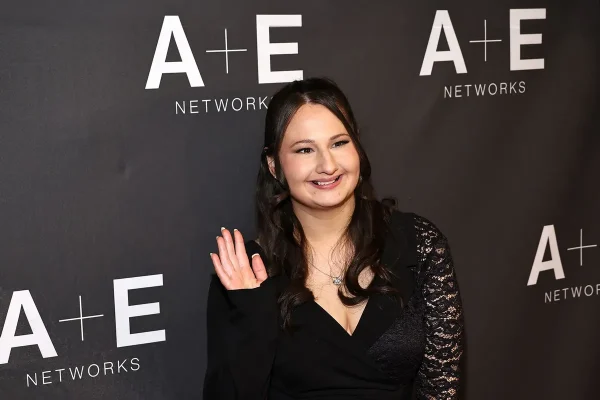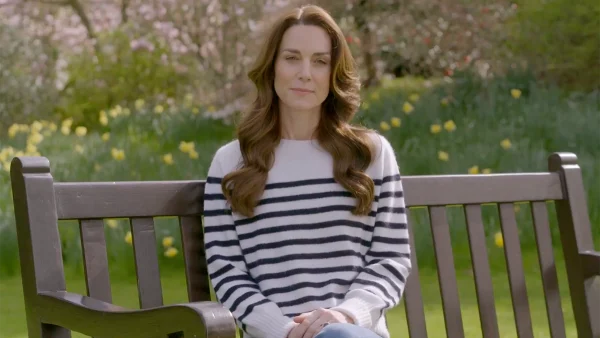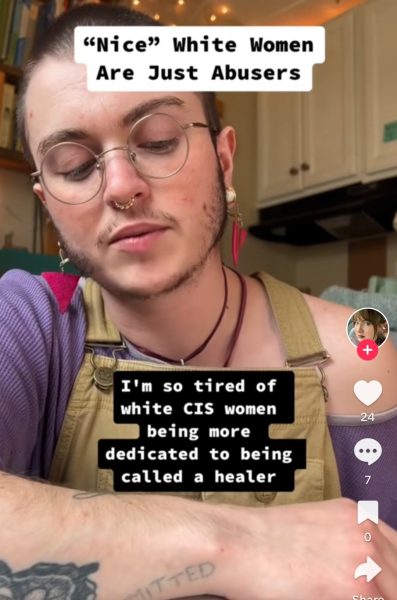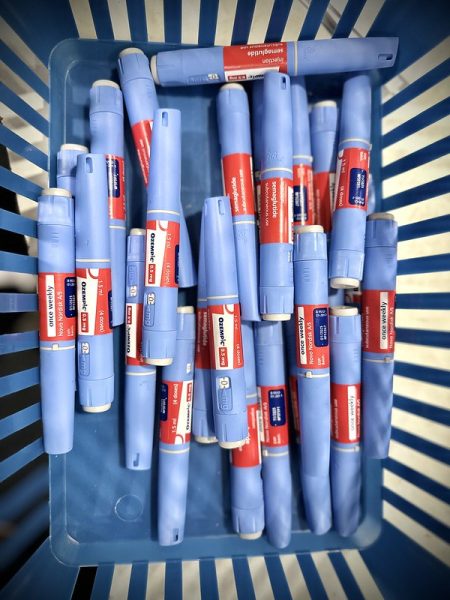Teen fashion around the world: a series—fifth stop, South Africa
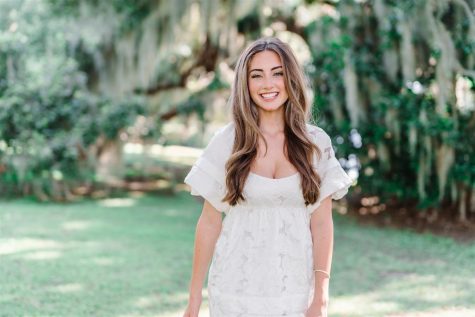
More stories from Coco Corey
Lilac is one of the top five colors trending in fashion this fall, and I have no doubt that Thebe Magugu has something to do with this. The 27-year-old South African designer’s homepage is a nod to this shade of purple. You have probably seen Magugu’s work on Miley Cyrus or another celebrity, as he is one in the growing numbers of young designers making South Africa the country to watch in fashion design.
The landscape of Africa is broad and diverse in many ways, and this includes its range of fashion. Fashion varies from country to country; for example, Egypt is much more influenced by Middle Eastern fashion, and many women wear a hijab. In countries like Zimbabwe, women wear wrap-around dresses and headdresses. In Madagascar, men and women wear a Lamba. While American design labels like to derive inspiration from Africa, they tend to paint it with a broad brushstroke.
The landscape of Africa is broad and diverse in many ways, and this includes its range of fashion.
“High profiled brands in the likes of J. Crew, Burberry, and Michael Kors oftentimes look to Africa for inspiration and ideas. Nevertheless, the masks, zebra stripes and leopard spots feed into Western stereotypes of Africa, not Africa’s authentic story” (Aka).
African designers find it challenging when sharing their own individual vision to the fashion world. What would it feel like to have your cultural experience challenged? Designer of the namesake Johannesburg line in 2015, Rich Mnisi, even found it challenging to break away from classic African prints.
“‘If you didn’t fit into that idea, then sorry, you weren’t African enough,’ says Mnisi, who often creates gender-fluid pieces. One of Mnisi’s best-known looks, worn by Beyoncé, is the patchwork Rhundzu (which means love in Xitsonga) blouse and a white half-pleat skirt” (Holland).
It would be ridiculous to try and encompass all 54 African countries and their fashion in one article. It’s equivalent to analyzing all of Europe’s fashion in one piece. There are four major African cities that are at the forefront of style. Casablanca in Morocco, Lagos in Nigeria, Nairobi in Kenya, and Johannesburg in South Africa.
“Lagos, with its love of glamor, is turning into a real fashion powerhouse, Joburg has that edge that makes London look sleepy, Nairobi is super creative and Casablanca’s scene is small but distinctive” (Nosmot Gbadamosi).
I chose Johannesburg, South Africa to write about because of the amazing designers coming out of there, and their infusion of social commentary and reflection in their work. Clothing used to engage with issues close to the country.
“In addition to telling a very personal story, Magugu’s clothes are a form of social commentary that speaks to the changing landscape of post-apartheid South Africa. One illustration on a polo shirt, of two black women consoling each other, stands out in particular: As the designer explains, the print was made in collaboration with Johannesburg-based artist Phathu Nembilwi as a political statement about the country’s rising femicide rate” (Nnadi).
Anisa Mpungwe is another design star from South Africa, outfitting the likes of Solange Knowles and Michelle Obama.
“I am modern, liberal and outspoken in one hand but will still kneel when greeting my elders, a custom I never want to rub off. I see Loin Cloth & Ashes story in the same light,” says Mpugwe. She believes the continent is not afraid of patterns and colors. Describing Johannesburg’s street style, she says being politically aware of race and sexuality is key.“There is an unapologetic attitude and sense of pride in identity, whether condoned or not” (Nosmot Gbadamosi).
South African fashion is complex, an underlying current of cultural experience runs through it. Its designers infuse their human experience into their creativity, which makes for the best art of all.

Coco Corey is a senior entering her second year writing for The Central Trend. Coco plays on the tennis team, and she is also one of the four student section...













